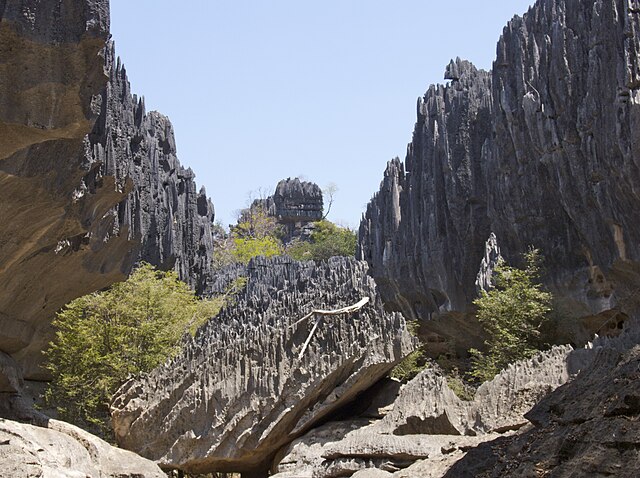The giant mouse lemurs are members of the strepsirrhine primate genus Mirza. Two species have been formally described; the northern giant mouse lemur and Coquerel's giant mouse lemur. Like all other lemurs, they are native to Madagascar, where they are found in the western dry deciduous forests and further to the north in the Sambirano Valley and Sahamalaza Peninsula. First described in 1867 as a single species, they were grouped with mouse lemurs and dwarf lemurs. In 1870, British zoologist John Edward Gray assigned them to their own genus, Mirza. The classification was not widely accepted until the 1990s, which followed the revival of the genus by American paleoanthropologist Ian Tattersall in 1982. In 2005, the northern population was declared a new species, and in 2010, the World Wide Fund for Nature announced that a southwestern population might also be a new species.
Giant mouse lemur
The giant mouse lemur described by Schlegel and Pollen in 1868 (illustrated above) was considered synonymous with the species described by Grandidier (1867), but was shown to be a distinct species in 2005.
Coquerel's giant mouse lemur can be found at Tsingy de Namoroka National Park.
Measurements are taken on a northern giant mouse lemur of its testicle size, which relative to its body size is the largest among living primates.
Northern giant mouse lemur
The northern giant mouse lemur, or northern dwarf lemur, is a species of lemur discovered in 2005. They are part of the primate order, and classified in the family Cheirogaleidae. Previously, both populations of giant mouse lemurs were believed to belong to one species. The northern giant mouse lemurs are small nocturnal lemurs endemic to Madagascar. They weigh about 300 grams (11 oz), and have long, bushy tails and relatively small ears. Their large testicles are an indication of their promiscuous copulation system. These lemurs have been found to use communal sleeping nests including multiple males, which is an uncommon behaviour in lemurs.
Northern giant mouse lemur




